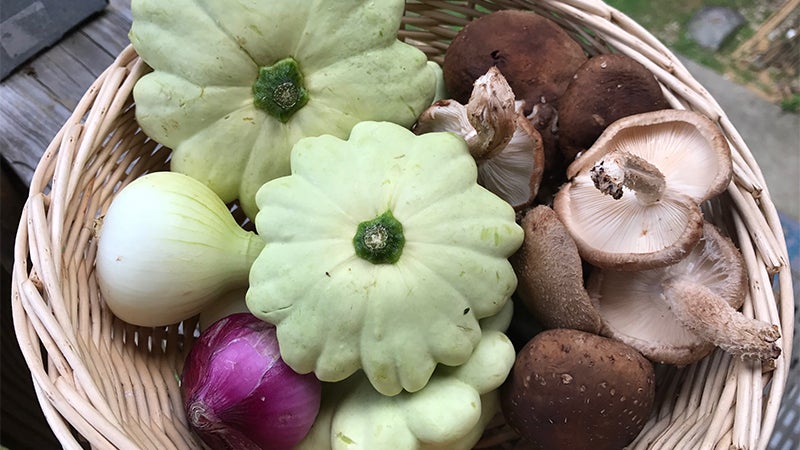Place-based foods of Appalachia put area on map
Published 5:58 pm Monday, January 13, 2014
Here’s a power-packed fact for you in 2014. Most people reading this column live in the most diverse foodshed in the US, Canada and Northern Mexico.
“Appalachian people live in one of the world’s most bio-diverse temperate zones.
Global areas of high agrobiodiversity correlate with high degrees of economic, cultural and geographic marginality— conditions that are no stranger to the highlands of Appalachia. Additionally, most of the world centers of agrobiodiversity are in mountainous areas. Given these factors, southern and central Appalachia has the highest documented levels of agrobiodiversity in the U.S., Canada and northern Mexico.
Appalachia is the longest continuously inhabited mountain range in the United States, and it has an extensive history of indigenous agriculture by the Cherokee and other American Indian peoples.” This quote comes from a newly released report, “Place- Based Foods of Appalachia: From Rarity to Community Restoration and Market Recovery.”
A must-read for slow foodies and players in the local food system that includes anyone who eats. It’s a free download online and sponsored in part by Southern SARE: Sustainable Agriculture Research and Education Program. It’s the first-ever report of the status of 1,412 placebased heirloom foods in central and southern Appalachia, recognizing the region as having the highest extant diversity in North America. The report inspires further documentation, recovery and community use of these foods within the region so that sustainably produced and prepared, they continue to make their way to our tables by means that make our communities healthier and our food system more diverse: ecologically, culturally and structurally.
The work is produced by the Renewing America’s Food Traditions (RAFT) alliance, which brings together food, farming, conservation and culinary organizations and advocates to ensure that the diverse foods and traditions unique to North America remain alive and dynamic. Field research and cultural relationships fostered by RAFT are responsible for the outcomes in this illuminating read. It lists varieties of fruits, nuts, berries, vegetables, and grains, and records whether they are extinct, endangered, threatened or common.
In addition, the publication contains essays on various Appalachia heirloom foods and the folk and eastern Cherokee cultures that are so deeply tied to them.
Here is an excerpt from one of the researchers in this 34-page report:
Let’s just go ahead and say it: People across southern and central Appalachia are crazy about plants and animals. In my lifetime of interacting with Appalachian farmers, gardeners and wildcrafting enthusiasts, I have never ceased to be amazed by their knowledge and love for all things green and growing. Whether they save seeds, graft fruit trees, dig roots and bulbs, can foods, harvest wild plants, hunt game, or raise heritage livestock breeds, it is a truism that older people and a smattering of younger people across the region have immense wildcrafting and agricultural skills. The deep mountain backcountry areas of North Carolina, East Tennessee, southwest Virginia, Kentucky and West Virginia are pockets rich and diverse in food crops within the central/southern Appalachian foodshed. This should come as no surprise: In southern Appalachia each spring, there is a ritual where thousands of old men in overalls till their brown hillside garden patches. Any visitor to the region can witness this event in mid-March as they wind their way among the country roads, barns and fields. Our research has documented 1,412 distinctly named heirloom food varieties in southern and central Appalachia, making southern/central Appalachia the most diverse foodshed of any region yet studied by the Renewing America’s Food Traditions (RAFT) alliance.


